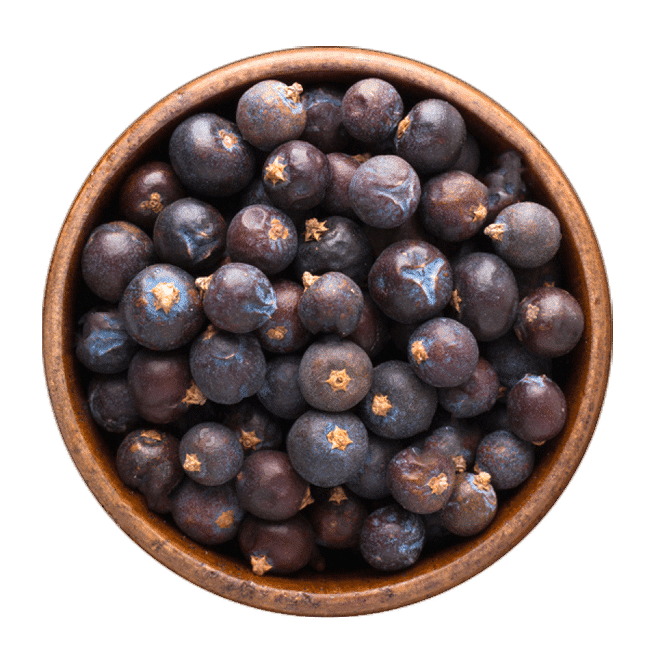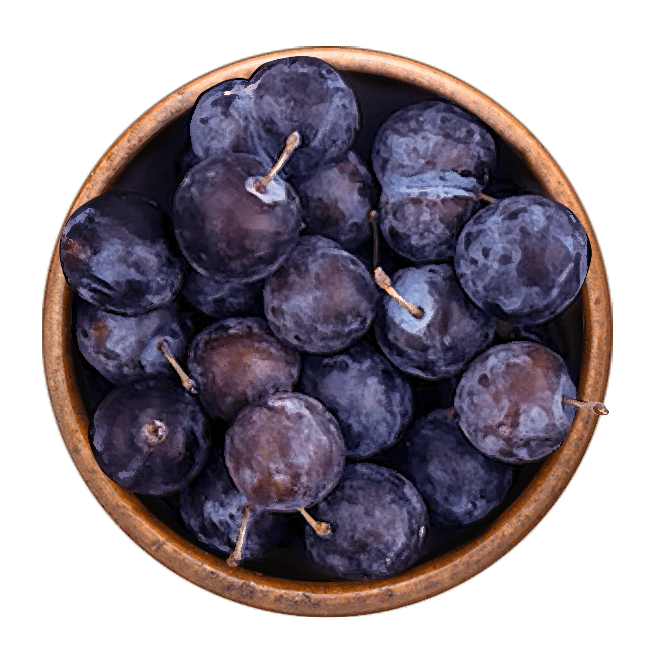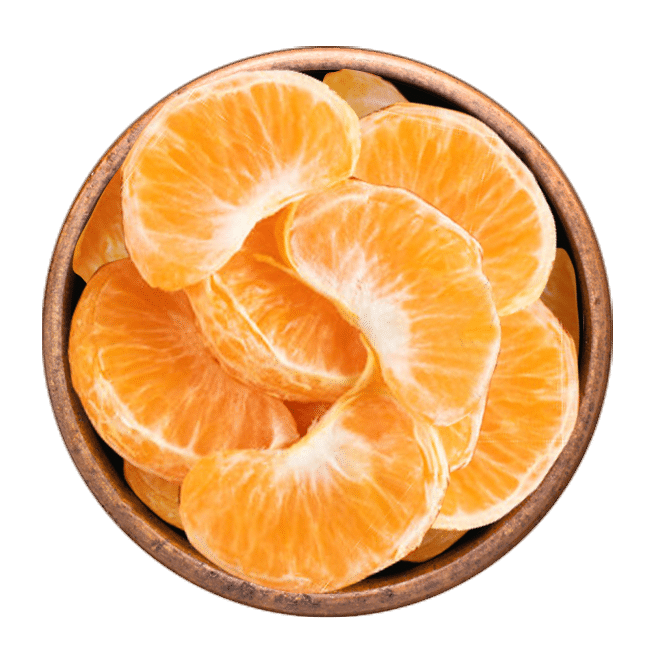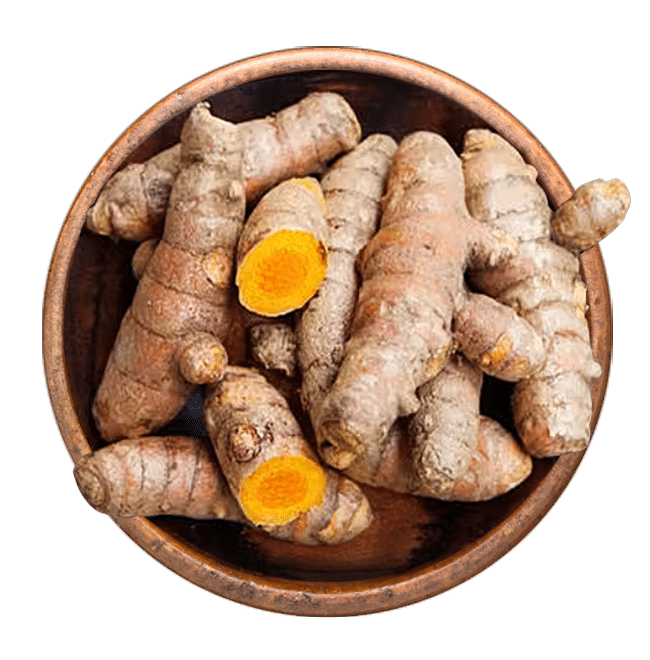Accueil > Botanicals
Our botanicals
Discover some of the main botanicals used in our preparations.
Usage
Objective


Juniper
Common Juniper or Juniper Berry (Juniperus communis) is a shrub belonging to the conifer family, covered with rough gray bark and sharp needle-like leaves. Its fruits (juniper berries) are green, turning black and waxy as winter approaches, when they become consumable. Their properties have been known since antiquity.
Tonic, digestive, and appetite-stimulating, juniper berries aid digestion and reduce gas. They are also detoxifying, anti-inflammatory, and protect the kidneys. The essential oil from the berries and branches is a powerful anti-inflammatory and pain reliever.

Cinnamon
Cinnamon, native to Sri Lanka, comes from the inner bark of the cinnamon tree (Cinnamomum), which grows in wild forests. Harvested in the spring on rainy days, it is then dried for several days, during which it takes on its rolled shape. Primarily used as a spice in cooking, it has numerous therapeutic properties. For over 5,000 years, it has been used in both Indian and Chinese medicine.
It helps relieve digestive issues, soothe toothaches, reduce fatigue, and boost energy. Its antimicrobial and health-enhancing properties make it a valuable ally.

Pepper
Pepper (Capsicum) is the fruit of five species of plants. It most commonly refers to the fruit used as a condiment or vegetable. Widely used in traditional medicine, pepper is rich in vitamins and capsaicin, its main active ingredient, and has numerous properties. As a source of antioxidants, its consumption provides a stimulating and exciting effect by accelerating blood circulation, which contributes to enhanced physical tonic and immune defenses.
It is recommended for treating a variety of conditions such as flu and colds. It aids digestion and also protects against cardiovascular diseases due to its effect on the formation of bad cholesterol. Additionally, it has diuretic and sudorific properties.

Cardamom
Cardamom (Elettaria cardamomum) is a perennial herbaceous plant with a rhizome native to Southeast Asia, reaching heights of 2 to 5 meters. It belongs to the same family as ginger and turmeric and has been used since ancient times in Ayurvedic medicine (India). Its dried fruit, traditionally consumed as a spice, is renowned for its effectiveness in treating digestive disorders as well as its anti-inflammatory and analgesic properties.
Cardamom essential oil, thanks to its antimicrobial and antifungal actions, helps regulate the intestinal flora. When diffused, it also acts on the respiratory tract by purifying the air.

Savory
Savory (Satureja) is a perennial plant that primarily grows in Mediterranean regions. Known since antiquity as an aromatic herb, it was rejected in the Middle Ages for its aphrodisiac effects, which were then considered devilish. Its medicinal virtues were eventually rehabilitated by the famous German Benedictine nun Hildegard of Bingen.
Whether in the form of infusions, decoctions, or floral waters, savory indeed has multiple properties: its consumption helps combat bloating, slow digestion, and fatigue. In addition to its tonic effects, it is also a powerful antibacterial (essential oil).

Bilberry
Bilberry (Vaccinium myrtillus) is a fruit that grows in the underbrush of acidic soils, on small shrubs native to Eurasia and North America. The medicinal properties of this berry have been known for nearly 1,000 years. It was traditionally used to treat dysentery and relieve symptoms of scurvy.
Today, it is known to be effective against colon cancer and leukemia. Rich in antioxidants, bilberry helps reduce blood lipids, thus lowering the risk of cardiovascular diseases. Packed with vitamins A (vision), C (skin and bone health), and K (blood clotting), it also contributes to the prevention of neurodegenerative diseases.

Raspberry
The raspberry is the fruit of the raspberry bush (Rubus idaeus), a shrub in the Rosaceae family whose origin, according to legend, is Mount Ida in Crete. Cultivated in monasteries during the Middle Ages, it was one of the first European plants introduced to North America. An infusion of its leaves, rich in tannins, has astringent properties, making it an effective remedy for mucosal inflammation and diarrhea.
It is also recommended for pregnant women before childbirth. The fruit itself is very rich in vitamin C and polyphenol antioxidants, including flavonoids, anthocyanins, and gallic and ellagic acids, which may reduce the risk of obesity as well as chronic and cardiovascular diseases.

Gentian
Gentian (Gentiana lutea) is a perennial mountain plant, yellow in color, that primarily grows in Europe and Asia Minor. Blooming occurs only after 7 to 10 years, but it is mainly in its roots that the plant’s numerous virtues are concentrated. It is said that the last king of Illyria, Gentius (who reigned from 180 to 168 BC), was the first to use it for medicinal purposes, which is how the plant got its name.
Gentian is a digestive and energizing plant. It is a general tonic and boosts natural defenses by increasing white blood cells. Its bitterness is so strong and its astringency so nonexistent that it does not irritate the stomach and stimulates salivary and gastric secretions. Therefore, it is used to remedy appetite loss and to combat gastric pain.

Ginger
Originating from India, ginger (Zingiber officinale) is a perennial plant with a tuberous root, whose rhizome is used in cooking and traditional medicine. Known in Asia for over 5,000 years, ginger was one of the first Oriental spices to be consumed in Europe, having been brought there by Arab traders. Its consumption notably increased in France during the Middle Ages, largely due to its numerous medicinal properties.
Ginger contains compounds such as gingerol, shogaol, paradol, and zingerone. It is renowned for improving digestion, as well as for its antiemetic (against vomiting) and anti-inflammatory properties. Research has also shown that it may help maintain intestinal flora and improve fat digestion.

Juniper
Common juniper, or juniper (Juniperus communis), is a shrub in the conifer family, covered with rough grey bark and featuring very sharp needle-like leaves. The fruits (or juniper berries) are green and turn black and waxy as winter approaches. They are only consumable at this stage. Their properties have been known since antiquity.
Juniper berries are tonic, digestive, and aperitive; they stimulate the stomach and promote the elimination of gas. Their consumption also has a purifying, detoxifying, and anti-inflammatory effect while supporting kidney protection. Additionally, essential oil extracted from the fruits and branches of the tree is a powerful anti-inflammatory and analgesic.

Juniper
The common juniper (Juniperus communis) is a shrub belonging to the conifer family, covered with rough, gray bark and very sharp, needle-like leaves. The fruits (or juniper berries) are green, then turn black and waxy as winter approaches. Only then are they edible. Their properties have been known since antiquity.
Invigorating, digestive, and appetite-stimulating, juniper berries stimulate the stomach and promote the elimination of gas. Ingesting them also has a purifying, detoxifying, and anti-inflammatory effect while supporting kidney health. Finally, the essential oil extracted from the fruit and branches of the tree is a powerful anti-inflammatory and analgesic

Sloe
The blackthorn (Prunus spinosa), also known as sloe, is a thorny shrub prized for its astringent, diuretic, and anti-inflammatory properties. Widely distributed in Europe and used since antiquity, it is valued for its beneficial effects on digestive and urinary health. Its fruits, the sloes, are particularly rich in tannins, as is the tree’s bark, which gives them astringent properties. These properties help to tighten tissues and reduce inflammation.

Mandarin

Almond

Star anise
Star anise, or Chinese anise, is the fruit of the Chinese star anise tree (Illicium verum), a flowering plant native to Asia and revered by the Chinese in temples for its pronounced aromatic fragrance for three millennia. Introduced to Europe by the merchant and explorer Marco Polo during his travels in the 13th and 14th centuries, this spice remained rare and very expensive during the Middle Ages. Its use developed in the West from the Renaissance onward, thanks to its importation by the British Empire.

Bitter orange
Cultivated in China and Japan for millennia, the bitter orange tree (Citrus aurantium), also known as the Bigaradier, is believed to have been introduced to Europe by the Arabs in the 10th century. It was prized for its therapeutic effects and as a flavoring for aperitif drinks and pastries, both through its leaves and fruit. This use spread to France during the Crusades, where the flower of the plant was used to relieve fever and the bark was used to prepare a wine intended to treat stomach ailments and eliminate intestinal worms.
Generally, this citrus fruit has two well-defined spectra of action: its active substances give it anxiolytic and calming properties. It helps calm stress and reduce the physiological discomfort it causes. The bitter orange also contributes to toning lazy stomachs and supports the production of gastric juices, which facilitates digestion by relieving digestive heaviness and bloating.

Beetroot
Known as a vegetable since antiquity, beetroot (Beta vulgaris) is believed to have originated in Mesopotamia, accompanying the settlement of humans before spreading throughout Europe with migrations. Low in calories but rich in natural antioxidants, nutrients, vitamins, and trace elements, beetroot is a detox superfood: a true concentrate of betaine (the pigments responsible for its very dark red color), it helps purify the body, particularly the liver.
It supports the efficient elimination of waste and enhances the liver’s toxin-filtering action. Its detoxifying effect is complemented by cholesterol regulation due to the presence of nitrates. Additionally, beetroot is known as a genuine mood booster, thanks to betaine, which promotes serotonin production.

Turmeric
Originating from South or Southeast Asia, turmeric (Curcuma longa) is a sacred plant in India where it has been cultivated for several millennia. Its name derives from the Sanskrit words “kunkuma” and “ranjani,” meaning “color.” This herbaceous plant can reach up to 1 meter in height and features underground stems or rhizomes with branching, vivid orange flesh rich in curcumin, which contains most of its active principles.
Curcumin, a phenolic compound, has cholagogue, antioxidant, and anti-inflammatory properties. Additionally, turmeric may help reduce blood lipid levels. Turmeric rhizomes are effective against nausea and stomach pain. For external use, turmeric’s antibacterial and anti-inflammatory properties make it useful in treating conditions such as eczema, psoriasis, and fungal infections.

Gentian
Gentian (Gentiana lutea) is a perennial mountain plant, yellow in color, that primarily grows in Europe and Asia Minor. It blooms only after 7 to 10 years, but its roots concentrate the plant’s many virtues. It is said that the last king of Illyria, Gentius (who reigned from 180 to 168 BC), was the first to use it for medicinal purposes, which is how the plant got its name.
Gentian is a digestive and energizing plant. It acts as a general tonic and boosts natural defenses by increasing white blood cells. Its bitterness is so intense and its astringency so minimal that it does not irritate the stomach and stimulates salivary and gastric secretions. Therefore, it is used to remedy appetite loss and to combat gastric pain.

Rosemary
Rosemary (Rosmarinus officinalis), a perennial shrub native to the Mediterranean region, is well-suited to poor and arid soils. In antiquity, the Greeks and Romans considered it a sacred plant, using it as a substitute for incense in purification rites. Although widely used for its aromatic properties, its medicinal qualities were not established until the Middle Ages. Notably, its general tonic qualities were highlighted in the famous “Queen of Hungary’s Water,” developed in the 14th century and touted as a true elixir of youth, often prescribed for painful rheumatism.
Generally, rosemary aids digestion by stimulating bile production, possesses anti-spasmodic properties due to the presence of phenolic acids, and helps combat digestive disorders. Rich in calcium, iron, and flavonoids, it also protects cells from oxidative stress thanks to its antioxidant properties.

